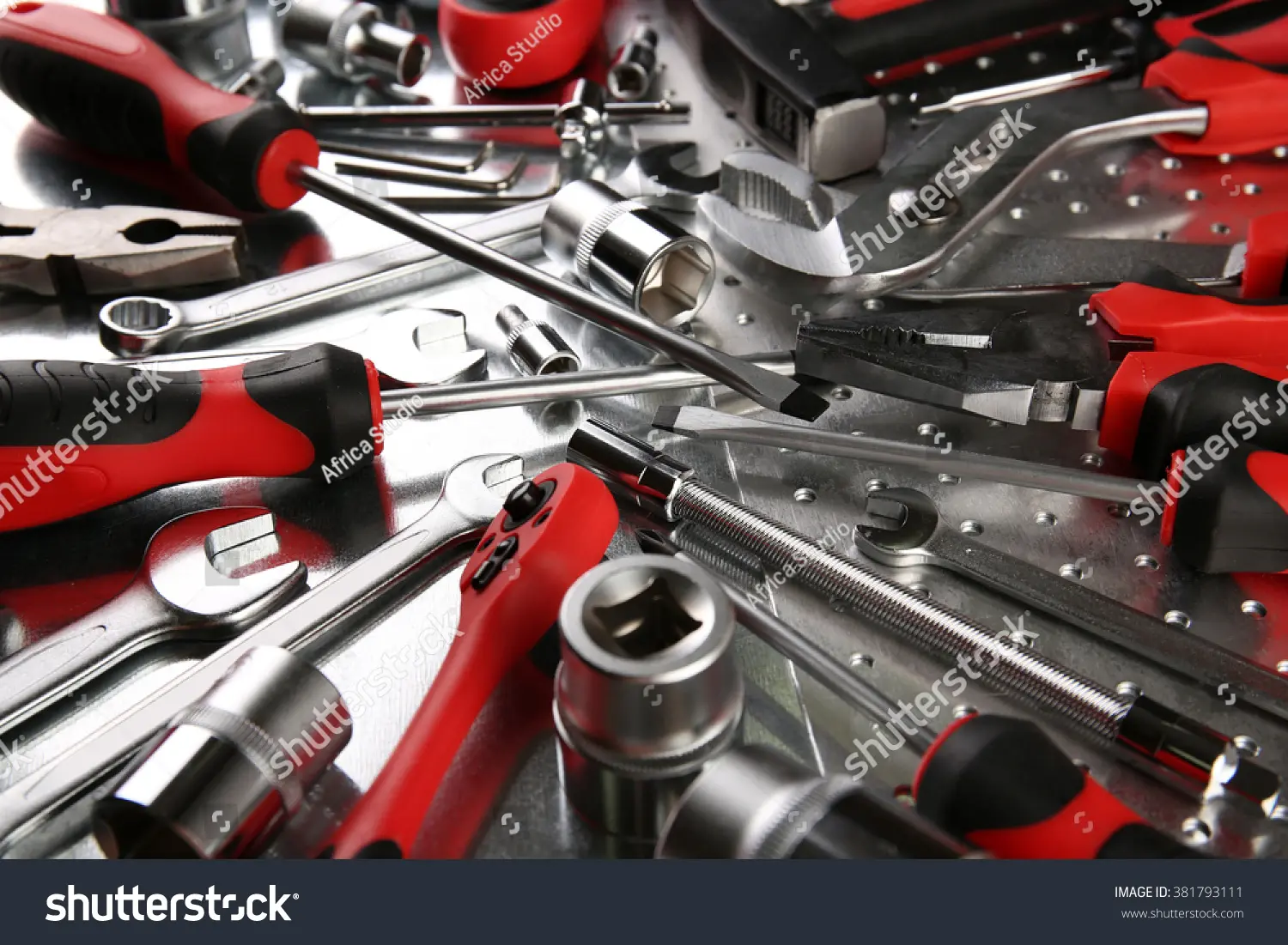- Home
- Industries
- Metal tools
Metal tools
Streamlined, Dependable, and Eco-Conscious Fabrication of Cutting and Shaping Implements
CEIA provides sophisticated induction heating equipment developed for metal tool fabrication, guaranteeing accuracy, consistent outcomes, and operational efficiency. Encompassing operations from brazing and hardening to annealing and tempering, our technology enhances the excellence, robustness, and functionality of every finished tool.
Request a Consultation to discover how CEIA can improve your tool manufacturing efficiency and sustainability.

Enhancing the Metal Tool Sector Through Induction Heating
Brazing and Assembly for Premium Tool Performance
CEIA’s induction brazing technology provides uniform, non-oxidized joints for components made of carbide, steel, and high-speed alloys. Our systems guarantee repeatable results and exacting thermal regulation, making them optimal for cutting inserts, drill bits, saw blades, and forming dies.
Surface Hardening to Boost Durability and Wear Resistance
Accurate surface hardening extends the service life of tools exposed to significant friction and impact. CEIA equipment delivers regulated heating and cooling cycles, improving resilience to fatigue, maintaining sharp edges, and reinforcing structural integrity across cutting, forming, and stamping implements.
Annealing and Stress Relief for Structural Equilibrium
For tools requiring a balance between pliability and strength, induction annealing and stress reduction processes yield homogeneous outcomes. These treatments assist in removing residual stress subsequent to machining, thereby enhancing ease of fabrication, stability, and operational longevity.
Tempering and Thermal Treatment for Consistent Performance
Controlled induction tempering and specific thermal treatments refine the hardness and toughness of high-speed steels and various alloys. CEIA’s precise systems ensure reproducible results across manufacturing lots, supporting uniform tool excellence and minimizing material waste.
Key Applications in Metal Tool Production
Application |
Common Components |
Benefits |
| Brazing | Cutting inserts, carbide tips, saw blades | Clean, robust, predictable joints |
| Surface Hardening | Punches, forming dies, cutting edges | Elevated resistance to wear and extended lifespan |
| Annealing | Tool stock, drill bits, cutting bars | Reduced internal tension and improved workability |
| Tempering | Tools fabricated from high-speed steel | Consistent hardness, resistance to fatigue |
| Shrink Fitting | Inserts, holding fixtures, mandrels | Secure, accurate assemblies for high-velocity rotation |
Collaborate With CEIA for Precision Tool Fabrication
From joining carbide tips through brazing to hardening dies and cutting instruments, CEIA’s induction heating technology guarantees accuracy, functionality, and resource efficiency at every phase of tool manufacturing.
CEIA Expertise in Induction Heating for Metal Tools
For more than four decades, CEIA has supplied industrial-grade induction heating solutions relied upon by tool makers globally. Our proprietary technology ensures uniform thermal energy delivery, instantaneous temperature monitoring, and closed-loop process control, all crucial for precise manufacturing environments.
Our Capabilities Include:
- Customized coil designs for intricate tool shapes
- Live temperature surveillance and data recording
- Compatibility with Industry 4.0 intelligent manufacturing platforms
Experience and Credibility
CEIA partners with key manufacturers of tooling and dies, providing specialized application knowledge in carbide assembly, surface fortification, and accurate thermal management. Our engineers engage directly with clients to formulate efficient and sustainable methods that comply with the most demanding industry benchmarks.
Sustainable and Energy-Efficient Manufacturing Practices
Induction heating facilitates environmentally responsible production in the metal tool industry by minimizing energy wastage and eliminating the need for open flames. CEIA systems contribute to operations that are cleaner, safer, and more productive.
Benefits of Sustainability:
- Up to 50% reduction in energy usage compared to conventional ovens
- Absence of open flame or combustion-related discharges
- Minimized oxidation and enhanced air quality
- Lower expenditures for operation and maintenance
By implementing CEIA’s induction technology, manufacturers achieve a competitive advantage in eco-friendly production, product quality assurance, and cost-effectiveness.

